Ever wonder whether it’s better to sleep in silence or with noise? The answer depends on your sleep environment and individual needs.
If you live in a loud area or share your bedroom with someone with a different schedule, you may find white noise helpful. This type of sound can mask environmental noise, leading to deeper sleep. It may also improve cognitive performance, mental focus, and memory.
But what is white noise and how does it help with sleep? Does it have any drawbacks? Let’s find out.
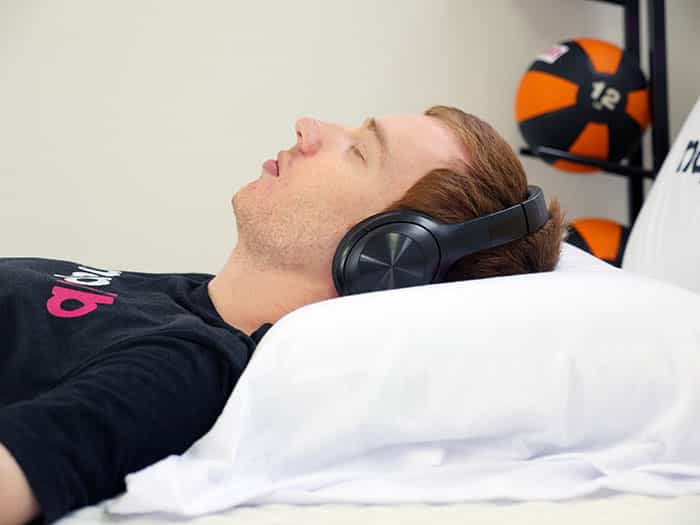
What Is White Noise?
The Internet is flooded with ads featuring “white noise” machines and apps. These products replicate the sound of rain, wind, ocean waves, and more. Users can mix them up to create custom soundscapes that relieve stress, calm the mind, or evoke emotions.
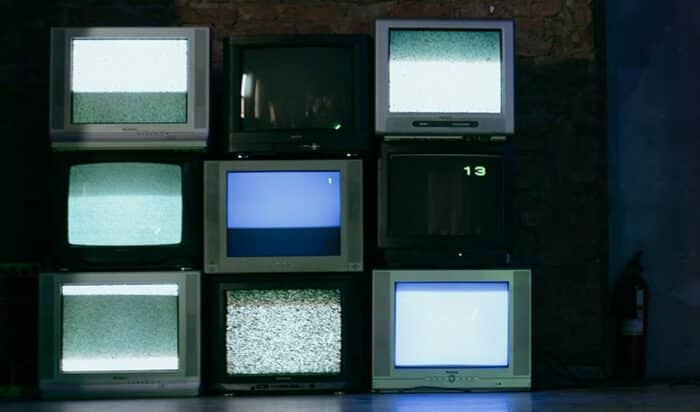
Live Science defines white noise as random noise that can mask other sounds in the environment. Its intensity is constant throughout the audible frequency range and covers all frequencies.
Sound travels in the form of waves. “Frequency” describes the number of times (cycles) that a wave repeats in one second, and it’s measured in hertz (Hz). One hertz is equal to one cycle per second. The normal hearing frequency is 20 to 20,000 hertz.
The experts at Texas A&M Health point out that environmental noise can affect sleep. They recommend using white noise machines to block external sounds that keep you from getting proper rest.
White noise is also said to help with ADHD, tinnitus, and other medical conditions. However, the research is mixed.
Some studies suggest that it might be doing more harm than good. We’re going to discuss these aspects later, so read on.
Types of White Noise
Background noise can be good or harmful, depending on its frequency and loudness. The latter is measured in decibels (dB). Over time, exposure to noises above 70 decibels may affect hearing, warns the Centers for Disease Control and Prevention.
The sound of rustling leaves, ocean waves, moderate rainfall, and home appliances, such as refrigerators, is typically below 50 decibels and has a low frequency.

White noise machines replicate these sounds, masking other noises in the environment. Pink noise is said to have a similar effect.
These noises are described as soothing and relaxing. For example, it’s not uncommon to fall asleep on the beach while enjoying the sound of the ocean. Meanwhile, you’re less likely to be disturbed by the people passing by and talking loudly.
The reason why many people find white noise soothing is that it has the same amplitude across all frequencies, producing a “shh” sound. Generally, this type of noise falls into three categories:
- Nature sounds: crickets, ocean waves, winter wind, rainfall, waterfall, or birds chirping
- Ambient sounds: a purring cat or a crackling fireplace
- Machinery noises: fan sounds, air purifiers, hairdryers, and other home appliance sounds
Note that not all nature sounds or ambient sounds are considered white noise. Some are pink noise, while others may not have a flat spectral density.
As signal processing engineer Stéphane Pigeon told Pacific Standard, white noise is often confused for comforting sounds. Although they may help with sleep and relaxation, their frequencies have different amplitudes.
Does White Noise Improve Sleep?
White noise can block background noise, which in turn may help you fall asleep faster. But so far, there isn’t enough evidence to confirm its purported benefits.
For example, a 2005 study published in Sleep Medicine investigated the effects of white noise on ICU (intensive care unit) patients. Subjects who used a white noise machine had better sleep and were less disturbed by the hospital sounds than those who didn’t use one.
However, the study had only four participants, so its findings may not apply to the general population.
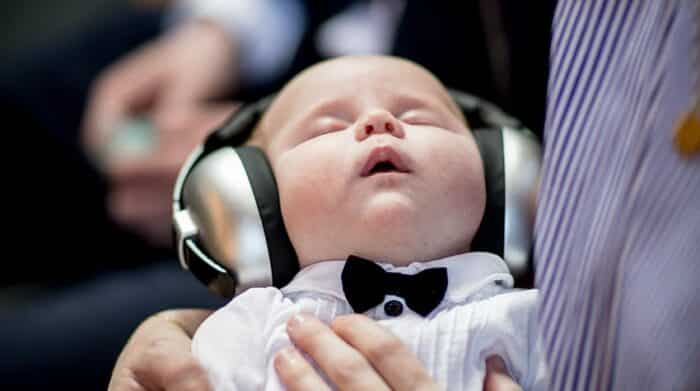
Another study, which was conducted on 20 newborns, reports that 80% of them fell asleep faster in response to white noise. As the researchers note, white noise may have a calming effect on babies.
But even so, not all babies respond well to this stimulus. Additionally, some sleep machines may exceed the recommended noise limits for infants and cause hearing problems, warns the American Academy of Pediatrics.
Most studies conducted on the relationship between white noise and sleep are small or rely on participants’ perception of sleep quality, according to Dr. Mathias Basner.
In an interview for TODAY, Basner said that some studies confirm the benefits of white noise on sleep. Others, however, suggest that it may cause fragmented sleep, or frequent awakenings.
Potential Health Benefits of White Noise
As mentioned earlier, white noise may benefit overall health.
In animal studies, exposure to moderate-intensity white noise improved tinnitus symptoms in mice. This condition is characterized by the perception of constant ringing in the ears. Some people use white noise machines to mask these sounds.

White noise may also improve memory, according to the Cognitive Neuroscience Society.
In clinical trials, subjects exposed to white noise performed better on memory tasks than those listening to other types of sounds. Researchers say that white noise may stimulate the brain regions responsible for dopamine secretion and attention.
Other studies suggest that white noise may enhance learning and cognition. Until recently, scientists believed that only certain populations, such as children with ADHD, can reap the benefits.
Current evidence indicates that healthy adults may experience these positive effects, too.
Dangers of White Noise
The long-term safety of white noise is subject to debate.
The American Tinnitus Association, for instance, states that noise exposure below 80 to 85 decibels is likely safe.
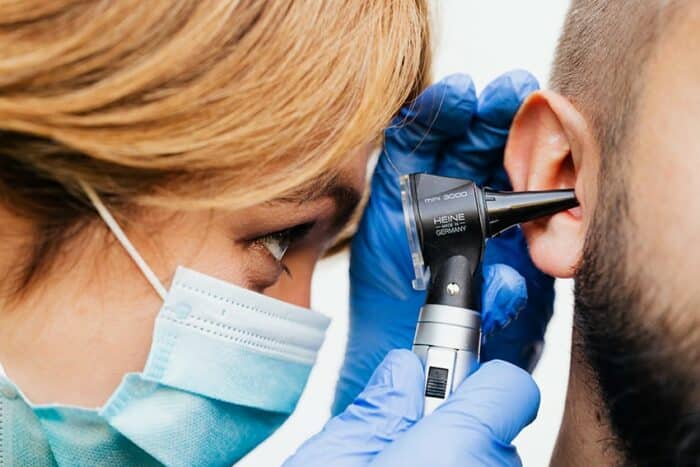
Other experts say that white noise may harm the brain and central auditory system over time. However, these claims are based on animal studies, so more research is needed to assess the impact of white noise on humans.
If you have trouble sleeping, you may use a white noise machine from time to time. Just try not to make a habit out of it.
As Dr. Mouna Attarha, Ph.D. told Bustle, the brain tends to adapt to what it hears. Over time, regular exposure to white noise may alter its ability to process music and speech.
The same source reports that inhibition levels tend to decrease in response to white noise exposure, which may affect memory and other cognitive processes. In the long run, you may find it increasingly difficult to block out unwanted sounds.
White Sound Is Not Your Only Option
Some people find white noise irritating. If that’s your case, you can always use a sleep machine or app with pink noise.
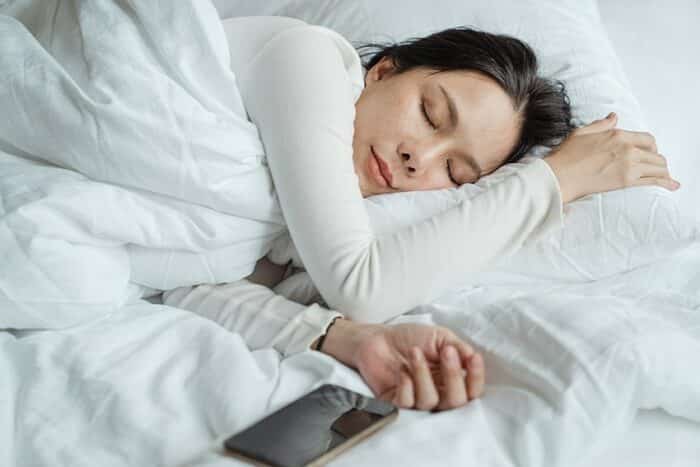
As Penn State notes, there’s an entire rainbow of sounds. Pink noise, for example, may improve sleep quality without causing drowsiness the next day.
Compared to white noise, pink noise is more intense at lower frequencies and hence, has a deeper sound. The power per hertz tends to decrease as the wave frequency increases, explains Live Science.
The sound of your heartbeat, for instance, can be considered pink noise.
Blue noise, by contrast, is characterized by higher frequencies. The power per hertz goes up as the frequency increases. Basically, it’s the opposite of pink noise. Think about the sound of a hissing water spray.
Except for white and pink noise, the other colors of noise have no therapeutic uses. They do, however, play a role in audio engineering and other fields.
Not All Noise Is Bad
Now that you know more about white noise, give it a try and see how you feel.
There is no need to buy a sleep machine right away. You can always head over to YouTube, SoundCloud, and other apps featuring white noise recordings. Just keep in mind that many sounds are mistakenly categorized as white noise.
If you decide to purchase a machine, set it to no more than 80 to 85 decibels and only use it when necessary.
Best White Noise Machines
- Best Budget Pick: LetraSound
- Best for Babies + Kids: Hatch Rest
- Best App-Based Controls: Snooze
- Best Variety of Sounds: Sound + Sleep
- Best for Travel: Rohm
Meanwhile, look for other ways to get more shuteye, such as changing your sleep position or switching to a better mattress.
In case you’re still wondering “What is white noise?” or want to learn more about white noise machines, go ahead and contact us! We’re here to answer any questions you may have.



